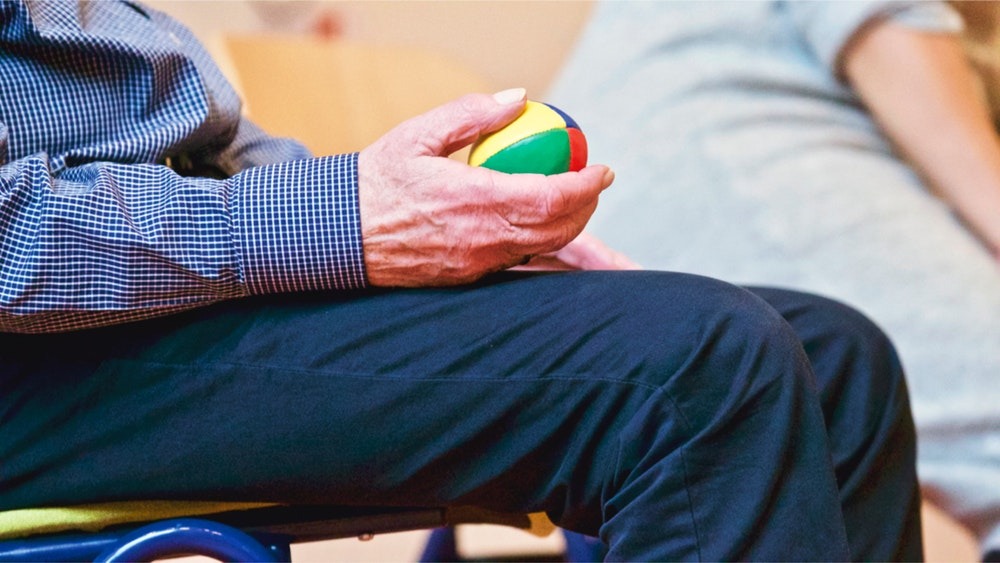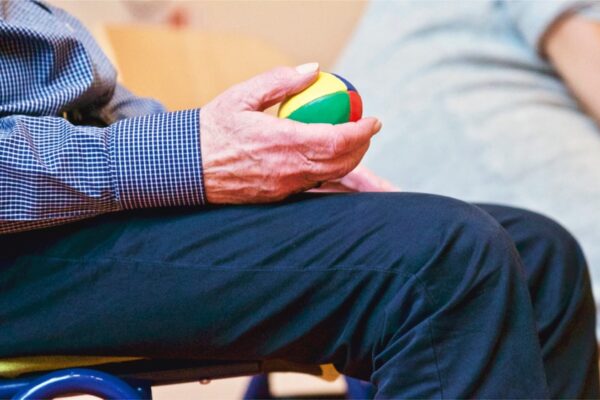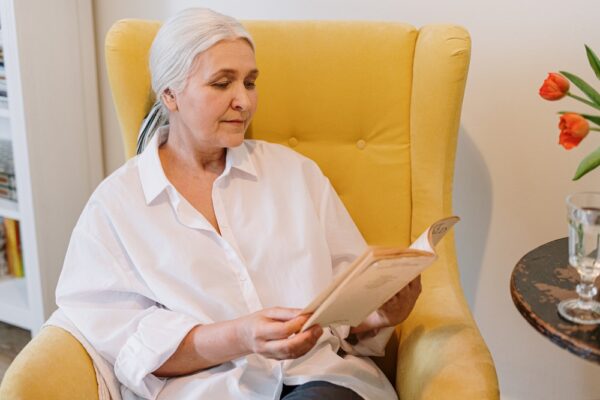We often relate osteoporosis only to women. However, osteoporosis condition hit men too and it’s more common than you think. Osteoporosis is a bone condition which occurs due to loss of bone mass and density as you age. As a result, your bones become weak and can be prone to break easily, with the hip, spine and wrist being the most common areas of osteoporosis-related fractures.
Since traditionally seen as a condition of women, there has been inadequate awareness about osteoporosis in men so much so that many men may not be even aware that they are too at risk. Our bones are constantly changing. Up until the age of 25, bones are stronger, and you build more bone and bone density than you lose. From 25 to til you hit 50, the bones and the rate at which they grow and break down are the same. That’s when your bones are the strongest. It’s only after 50 years of age that our bones feel the wear and tear and we start to break down more bone than we rebuild.
Biologically, men have more dense bones than women and steadily lose bone mineral density which is why fewer men experience osteoporosis problems. True, osteoporosis is more common in women, however, as men get older, their risk of developing osteoporosis-related problems increases too. Because male osteoporosis is often put on the back burner, its symptoms may remain unnoticed until a fracture occurs. Reports say “1 in 5 men over 50 will suffer an osteoporotic fracture. Almost 30% of all hip fractures are in men & the mortality following a hip fracture is substantially higher in men than in women.”
Symptoms of osteoporosis
Osteoporosis is often called the porous bone or the ‘silent’ condition as the symptoms are not always so pronounced until you actually break a bone. Symptoms do occur once your bones get weakened. These signs and symptoms may include:
- Loss of height
- Back pain
- Postural changes
Causes of osteoporosis in men
Risk factors or cause of osteoporosis in men can be due to bone loss with aging, and it can also be due to various secondary causes. Some of the causes seen in men are:
- Family history of osteoporosis
- Frequent use of medications
- Low body mass index
- Chronic diseases such as hyperthyroidism, asthma, rheumatoid arthritis, diabetes or low testosterone levels.
- Lifestyle factors like smoking, drinking alcohol, obesity, and inactive/ inadequate physical exercise.
Like women, men too should be wary about the consequences of osteoporosis and keep themselves in check for any potential signs and indicators. When left unnoticed, these signs can lead to an unexpected fracture which may be too late for some patients, as the mortality rate for men with hip fractures (31%) is double that of women (17%). After 50, fractures increase with age in both sexes. So, even men aren’t immune from osteoporosis. Men represent between 20% & 40% of all patients with fractures resulting from falling from standing height or less which affect the hip, forearm (wrist), vertebrae and humerus.
Keep your bones in place
You are bound to experience bone and muscle weakness as you age, but you can protect your bones and fracture risk by being ahead in the game and taking the right measures.
With a lack of information about male osteoporosis, pharmacological treatment of the same, and screening for men, treating osteoporosis can be challenging. However, interestingly enough, available studies have suggested that “most drugs shown effective in postmenopausal women- either in improving bone density or in reducing fracture risk, are similarly effective in men with exceptions to estrogen and selective estrogen preceptor modulators.”
Health and lifestyle habits also are a major contributor to osteoporosis risk for both men and women. To help preserve your bone health, keep the following tips in mind:
- Quit smoking and heavy alcohol intake since these habits can weaken your bone. Men are more likely than women to engage in such behaviors.
- Include intake of vitamin D into your routine. Vitamin D is a great source for your bone health and men should have between 10 and 20 micrograms (400 and 800 international units) each day. In men over 50 years old, Vitamin D becomes important especially during the winter months when limited sun exposure reduces the amount of the vitamin produced naturally by the skin/body. Natural sunlight is the best source of getting the required Vitamin D into the body. You can get vitamin D from food sources such as fish like salmon, mackerel and herring; liver, and eggs. To keep your bones strong & health, you can also take vitamin D in the form of supplements. Talk to your doctor about your specific needs.
- Taking adequate amount of daily calcium is yet another way to fight osteoporosis threat. The National Osteoporosis Foundation recommends 1,000-1200 mg of elemental calcium daily. Dairy products are a good source of calcium. Other foods which have amounts of calcium include tofu, bread, cereals, legumes, almonds, and figs.
- Resistance training exercises are recommended for people with osteoporosis. Exercises like weight-bearing exercise, walking, jogging or stair climbing have been shown to increase bone mass and strength.
Male osteoporosis is an important and inadequately appreciated problem on the rise, thus it only makes sense to protect your bones from the get-go and detect for osteoporosis before a fracture occurs. Alerting your doctor if you think you’re at risk, is the “manly” thing you can do to prevent yourself from potential injuries. Doctors and primary care physicians need to keep a consciousness about male osteoporosis for better diagnosis and treatment.


